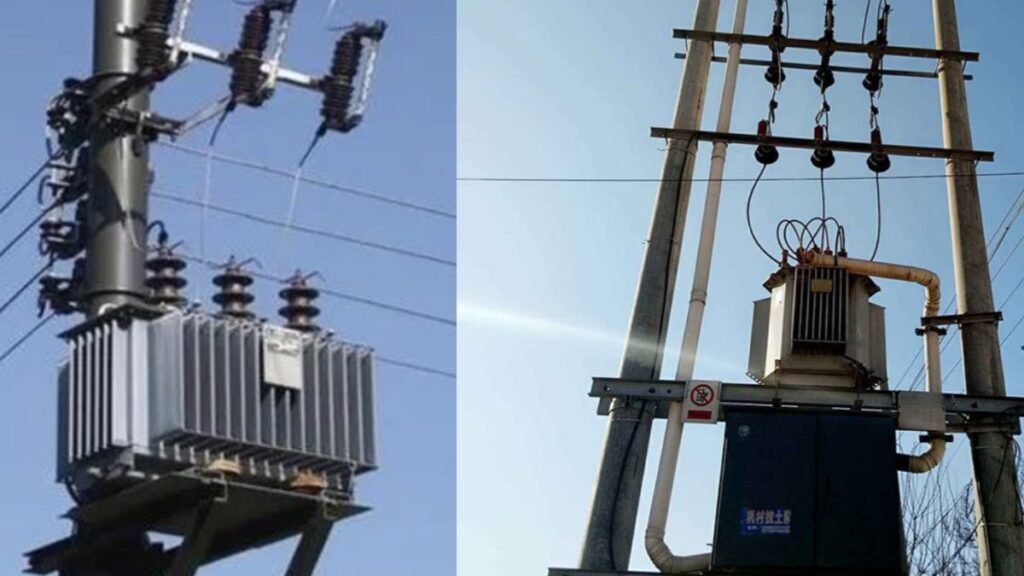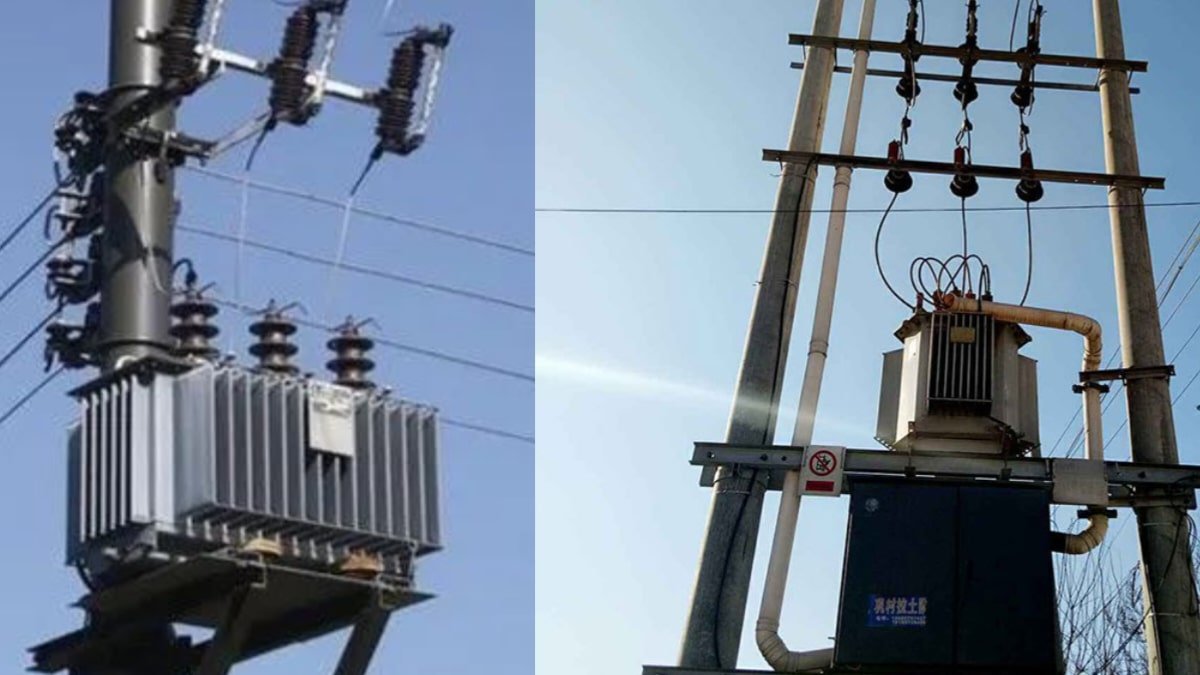Electricity is a vital resource for farmers in India, powering irrigation systems, lighting, and various agricultural activities. However, the cost of obtaining electricity connections, including service lines and transformers, can be a significant financial burden. To alleviate this, the Indian government and state authorities have introduced various schemes to provide free or subsidized electricity connections and transformer installations to farmers. This article delves into these initiatives, detailing their benefits, eligibility criteria, application processes, and state-specific implementations.
Importance of Electricity in Agriculture
Electricity plays a crucial role in modern agriculture. It powers irrigation pumps, facilitates the operation of machinery, supports cold storage facilities, and enables lighting in rural areas. With the increasing demand for water-efficient irrigation systems and the adoption of technology in farming, a reliable and affordable electricity supply has become indispensable for farmers.
Government Schemes for Free Electricity Connections
1. Pradhan Mantri Sahaj Bijli Har Ghar Yojana (Saubhagya)
Launched in 2017, the Saubhagya scheme aimed to provide electricity connections to all households, including those in rural and remote areas. Under this initiative, farmers were eligible for free or subsidized electricity connections, depending on their socioeconomic status. The scheme focused on ensuring last-mile connectivity and providing electricity to un-electrified households.
2. Chief Minister Agricultural Power Connection Scheme (Mukhyamantri Krishi Vidyut Sambandh Yojana)
Implemented in various states, this scheme offers free or subsidized electricity connections to farmers for agricultural purposes. For instance, in Bihar, the government provides electricity at a nominal rate of 55 paise per unit, significantly reducing the cost of irrigation. The scheme also includes provisions for the installation of transformers and other necessary infrastructure.
3. PM KUSUM (Kisan Urja Suraksha evam Utthaan Mahabhiyan)
The PM KUSUM scheme encourages farmers to adopt solar energy for agricultural operations. It provides subsidies for the installation of solar-powered irrigation pumps and grid-connected solar power systems. This initiative aims to reduce dependence on conventional electricity sources and promote sustainable farming practices.
Transformer Connections for Farmers

In addition to service connections, transformer installations are essential for ensuring a stable and adequate power supply to agricultural operations. Several state governments have introduced schemes to provide free or subsidized transformer connections:
1. High Voltage Distribution System (HVDS) Scheme
Under this scheme, states like Andhra Pradesh and Telangana provide free transformers to farmers. The HVDS involves installing transformers closer to agricultural fields, reducing transmission losses and ensuring a consistent power supply. In Andhra Pradesh, the APCPDCL has implemented this scheme, benefiting numerous farmers by improving the quality of electricity supplied to their pump sets.
2. Group Transformer Installation
In areas where individual transformer installations are not feasible, group transformer installations are encouraged. Farmers can collectively apply for a transformer, sharing the infrastructure costs. This approach not only reduces individual expenses but also ensures that multiple farmers benefit from a single transformer installation.
Eligibility Criteria for Free Electricity Connections
Eligibility for free or subsidized electricity connections varies across states and schemes. However, common criteria include:
- Land Ownership: The applicant must own cultivable land. In some cases, lease agreements may also be considered.
- Usage Purpose: The electricity connection should be intended solely for agricultural purposes.
- Pump Capacity: Certain schemes specify a minimum pump capacity (e.g., 5 HP) to qualify for transformer connections.
- Socioeconomic Status: Some schemes prioritize farmers from economically weaker sections or those with below-poverty-line status.
Required Documents for Application
Farmers intending to avail themselves of these schemes must submit various documents, including:
- Identity Proof: Aadhaar card, voter ID, or any government-issued identification.
- Land Ownership Proof: Land records such as 7/12 extract, pattadar passbook, or lease agreement.
- Bank Account Details: For subsidy transfers and other financial transactions.
- Photographs: Passport-sized photos as per the application requirements.
- Pump Specifications: Details of the irrigation pump, including capacity and installation date.
Application Process
The application process generally involves the following steps:
- Obtain Application Form: Farmers can collect the application form from the local electricity distribution company (DISCOM) office or download it from the official website.
- Fill Out the Form: Complete the application form with accurate details and attach the necessary documents.
- Submit the Application: Submit the filled application form along with the documents to the respective DISCOM office.
- Site Inspection: Officials will conduct a site inspection to verify the details provided and assess the feasibility of providing the connection.
- Approval and Installation: Upon approval, the electricity connection and transformer (if applicable) will be installed, and the service will be activated.
State-Specific Initiatives
1. Maharashtra
Maharashtra’s Chief Minister Baliraja Free Electricity Scheme offers free electricity connections to farmers using agricultural water pumps up to 7.5 HP. The state government has allocated substantial funds to subsidize electricity costs for farmers, aiming to reduce their financial burden and promote sustainable farming practices.
2. Karnataka
In Karnataka, the government provides subsidies for agricultural pump sets, covering a significant portion of the electricity costs. The state has also implemented the Gruha Jyothi scheme, offering free electricity to eligible households, including farmers, thereby reducing their overall energy expenses.
3. Uttar Pradesh
Uttar Pradesh has introduced various schemes to provide free or subsidized electricity connections to farmers. The state government has focused on electrifying rural areas and providing reliable power supply to support agricultural activities.
Benefits of Free Electricity Connections
The provision of free or subsidized electricity connections offers several advantages to farmers:
- Reduced Operational Costs: Lower electricity bills decrease the overall cost of irrigation and other agricultural activities.
- Increased Productivity: A reliable power supply ensures timely irrigation, leading to improved crop yields.
- Sustainable Farming: Access to electricity enables the adoption of modern farming techniques and equipment, promoting sustainable practices.
- Economic Empowerment: Reduced energy costs contribute to the financial stability of farmers, enhancing their quality of life.
Challenges and Solutions
While these schemes offer significant benefits, farmers may encounter certain challenges:
- Awareness: Lack of awareness about available schemes can prevent farmers from applying. Solution: Conduct awareness campaigns and provide information through local agricultural offices and community centers.
- Documentation: Incomplete or incorrect documentation can delay the application process. Solution: Provide assistance in document preparation and verification.
- Infrastructure Issues: In remote areas, the existing infrastructure may not support new connections. Solution: Invest in upgrading the power distribution network to accommodate new connections.
Future Outlook
The Indian government continues to prioritize agricultural electrification as part of its broader rural development agenda. Future initiatives may include:
- Expansion of Solar Energy Projects: Increasing the adoption of solar-powered irrigation systems to reduce dependence on conventional electricity sources.
- Smart Grid Implementation: Developing smart grids to enhance the efficiency and reliability of the power supply.
- Capacity Building: Training farmers in the maintenance and operation of electrical equipment to ensure optimal utilization.
Conclusion
Free electricity and transformer connection schemes are pivotal in supporting farmers and promoting sustainable agricultural practices in India. By alleviating the financial burden of electricity costs, these initiatives enable farmers to focus on enhancing productivity and adopting modern farming techniques. As the government continues to invest in rural electrification, the future of Indian agriculture looks promising, with farmers at the forefront of this transformation.
